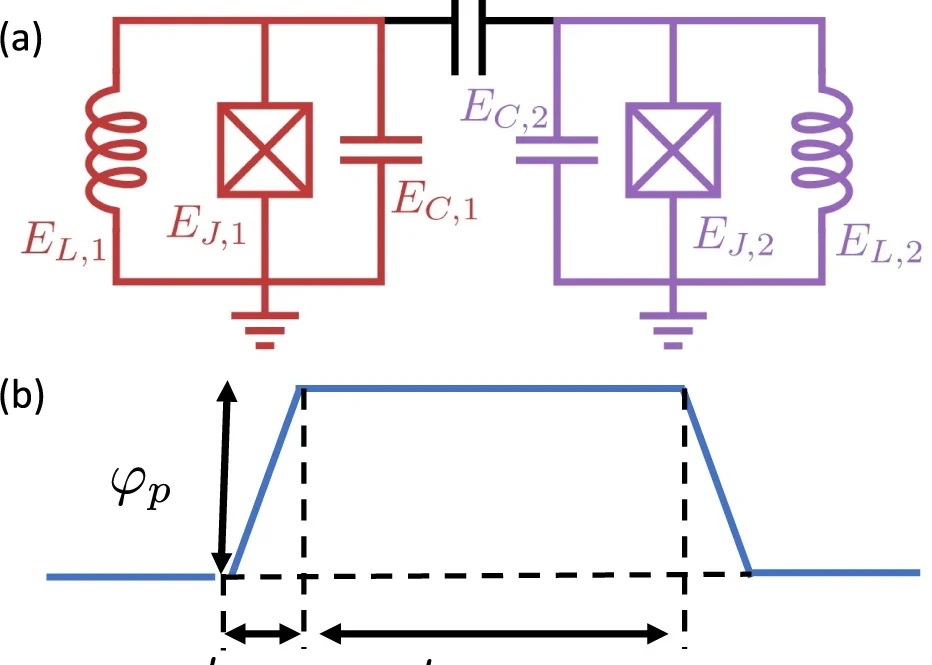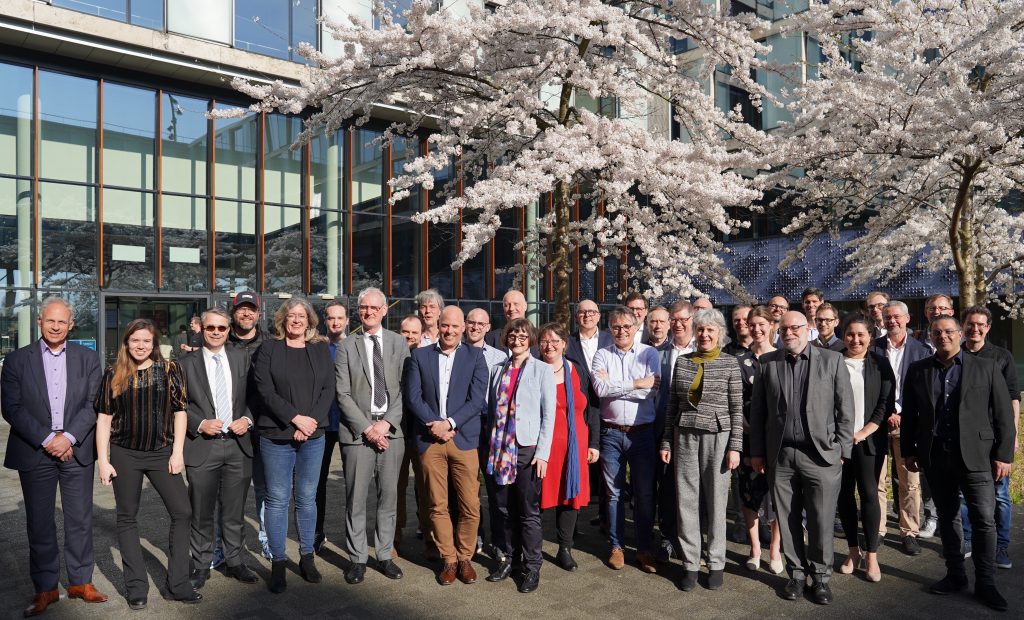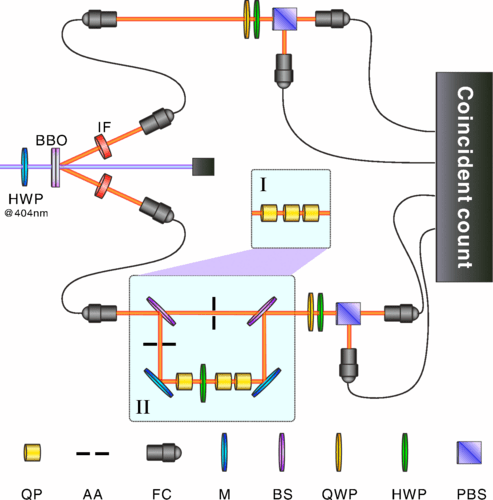In quantum processors, both device design and external controls determine operation quality.
This paper explores alternative qubit platforms, the expanding design space makes optimization increasingly challenging. The scientists have demonstrated that design objectives can be made differentiable with respect to both device and control parameters, allowing for efficient gradient computation similar to back-propagation algorithms.
This work extends quantum optimal control to include device design, providing a unified optimization method. They have demonstrated gradient-based joint optimization through several superconducting qubit examples.
Quantum information processing fundamentally stores information in quantum systems governed by Schrödinger equations or master equations. Achieving desired operations requires carefully designed systems with appropriate Hamiltonians, dissipation characteristics, and time-dependent controls. Applications span quantum computing, simulation, error correction, and metrology.
Traditionally, design and control optimizations were separate processes. The researchers have treated them as integrated components within a single optimization framework, using gradient information to accelerate convergence.
Superconducting circuits represent promising quantum hardware due to their design versatility and fabrication scalability. While this versatility enables numerous qubit and coupling configurations, it expands the parameter space significantly, complicating the search for optimal designs. The challenge increases when considering control schemes simultaneously, as previous research has noted.
For example, bosonic code qubits require complex control schemes where numerical optimization becomes essential for optimal gate performance. When analytical formulas cannot estimate control performance, qubit design becomes an integrated optimization problem across both design and control parameters.
Large optimization problems typically benefit from efficiently computed gradients. The GRadient Ascent Pulse Engineering (GRAPE) algorithm represents an important advancement in this direction. This research demonstrates that performance metrics like gate fidelity can be made differentiable with respect to both device and control parameters. Gradients can be computed in a single operation similar to GRAPE and back-propagation algorithms.
Critically, the time ratio between computing objectives and their gradients remains independent of control parameter quantity. This makes our approach viable not only for optimizing complex pulse shapes but also for large processor designs, and most significantly, for jointly optimizing both design and control aspects.
npj Quantum Information, Published online: 09 September 2022; doi:10.1038/s41534-022-00614-3



